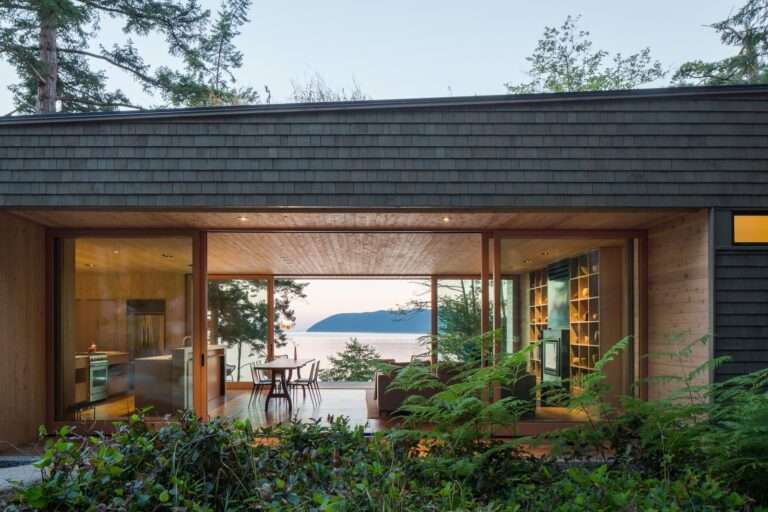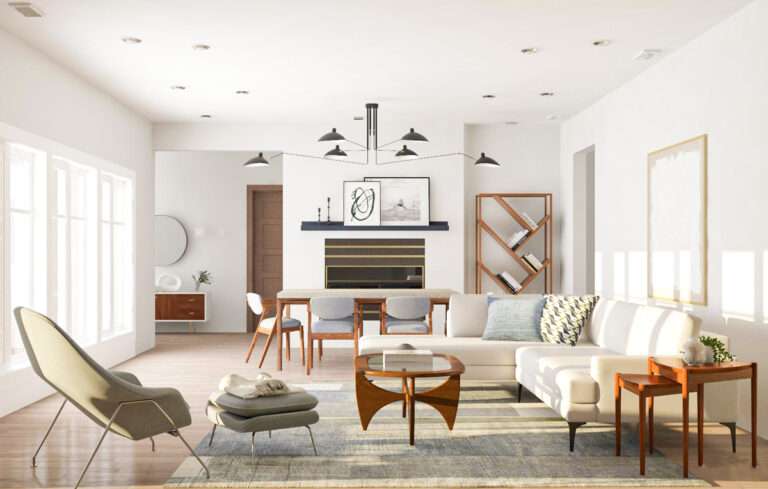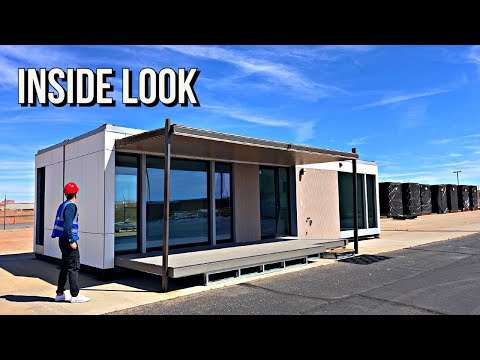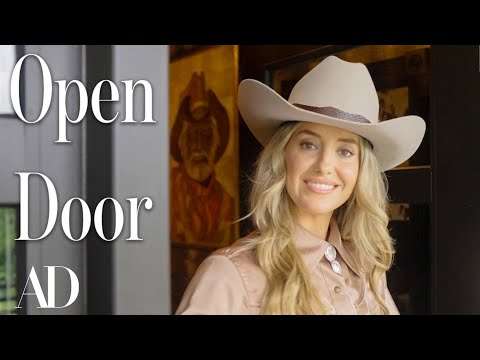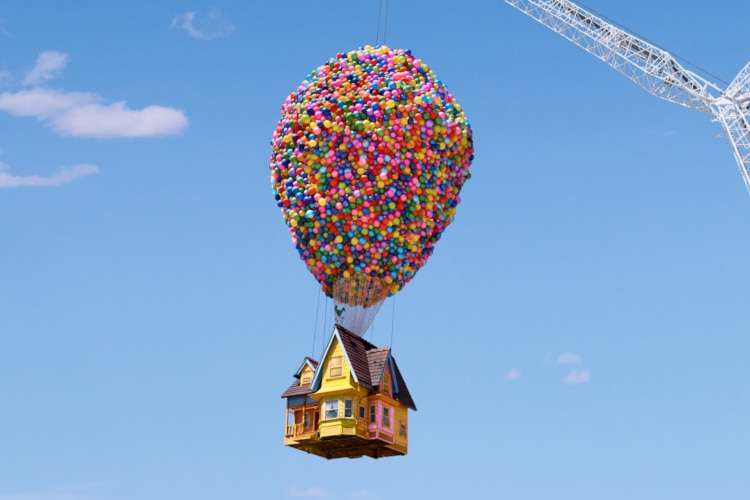Woollahra House by Freya Salter Design is a designers own home that feels like a hidden sanctuary. This stunning residence, with a deep consideration of light, form and materiality, sits lightly and subtly amid the jumble of heritage and modern homes that populate the toney suburb of Woollahra in Sydney’s east.
As a designers own home that feels like a hidden sanctuary, it comprises dual two-storey, white-brick pavilions – the front containing an entry, main bedroom suite, second bedroom, study and living room; the rear with a second living space, smaller study, open-plan kitchen and dining space that opens to a deck, a bathroom and laundry – linked by a Zen-like courtyard framed by oversized sliding glass doors.
“There is a wonderful connection with the exterior, and we’re so lucky to have an established gum tree next door, with a large canopy that creates the most beautiful shadows,” says Salter, who lived there for just over a year with her husband before they collaboratively started work on the new residence – her as architect/designer, him as builder. The result is a designers own home that feels like a hidden sanctuary.
While the original dwellings were razed, Salter incorporated two distinctive mementos in what would become a designers own home that feels like a hidden sanctuary. First, the central courtyard. “I loved the courtyard in the original house, and in a terrace-like structure like ours, the ability to open up the centre was so appealing,” she says.
Secondly, bricks from the original house form part of the western interior wall. The white walls act in cahoots with a score of other materials and elements to imbue the spaces with a pervasive sense of lightness and tranquillity, facilitating the pursuit for a designers own home that feels like a hidden sanctuary.
These start underfoot – a subdued Crema Perla limestone floor from Bisanna, Havwoods’ pale raw European oak floorboards – and continue at eye level and beyond, including luxe cream couches in the living room and Bocci’s ethereal 21.14 pendant, 14 raw porcelain lights that hang in that space like a series of small pale bells. “I wanted a house that was an uncluttered, simple, textural shell,” says Salter. “In order to achieve that, I pared back the palette to allow paintings and specific pieces to come to the fore, and utilised a natural, neutral palette for a calm, cohesive design.”
Another integral element in crafting a designers own home that feels like a hidden sanctuary was natural light. It floods in through extensive glazing, including a double-height wall of glass at the rear of the front pavilion, backed by a dramatic void bounded by Salter’s study on the top floor and the living room on the ground.
Above all else, it’s the light and the play of shadow that frames Woollahra House as a designers own home that feels like a hidden sanctuary. “Light feels positive,” says Salter. “It creates ambience in spaces, with what it reveals and conceals. The shadows add a kinetic layer to the textures of the house – the movement of the trees, the grasses, people moving down the stairs at night all combine to add life to the space.”
00:00 – Introduction to the Hidden Sanctuary
01:34 – The Original Home
02:02 – Walkthrough of the Home
02:44 – Key Design Aspects
03:45 – Kitchen Design and Layout
04:51 – Favourite Aspects
For more from The Local Project:
Instagram – https://www.instagram.com/thelocalproject/
Website – https://thelocalproject.com.au/
LinkedIn – https://www.linkedin.com/company/the-local-project-publication/
Print Publication – https://thelocalproject.com.au/publication/
Hardcover Book – https://thelocalproject.com.au/book/
The Local Project Marketplace – https://thelocalproject.com.au/marketplace/
For more from The Local Production:
Instagram – https://www.instagram.com/thelocalproduction_/
Website – https://thelocalproduction.com.au/
LinkedIn – https://www.linkedin.com/company/thelocalproduction/
To subscribe to The Local Project’s tri-annual print publication see here – https://thelocalproject.com.au/subscribe/
Photography by Anson Smart.
Styling by Victoria Collison.
Building and interior design by Freya Salter Design.
Build by Richard Oddie.
Landscape design by The Garden Social.
Joinery by Hoffman’s Interiors.
Flooring by Havwoods and Artedomus.
Windows by Vitrocsa.
Lighting by Gineico Lighting and Bocci.
Filmed and edited by The Local Production.
Location: Woollahra, NSW, Australia
The Local Project acknowledges the Aboriginal and Torres Strait Islander peoples as the Traditional Custodians of the land in Australia. We recognise the importance of Indigenous peoples in the identity of our country and continuing connections to Country and community. We pay our respect to Elders, past and present, and extend that respect to all Indigenous people of these lands.
#DesignersOwnHome #Hidden #Sanctuary
